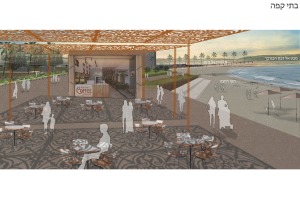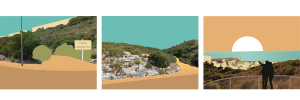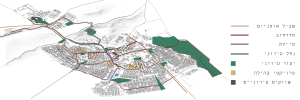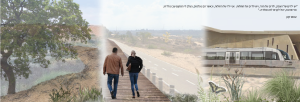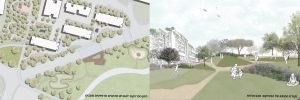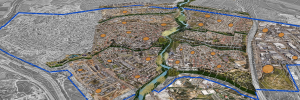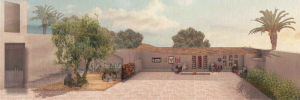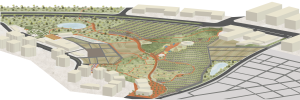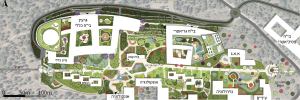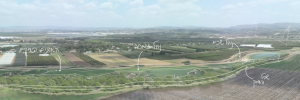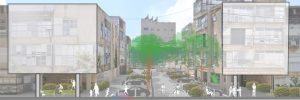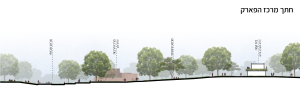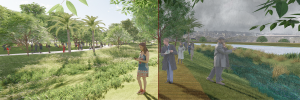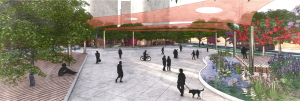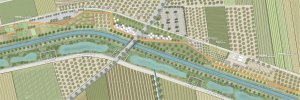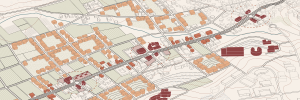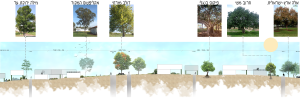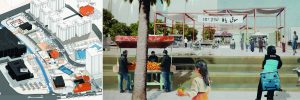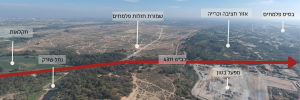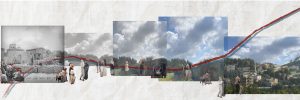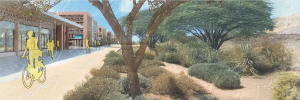Connecting Axes
Many of the world’s historic port cities experience a disconnection between the old city and the adjacent new city, a separation that manifests in spatial-social segregation. Acre (Akko) is one such city that could serve as a case study in addressing the question of how to connect the different parts of the city in a way that restores and strengthens its various focal points, while also highlighting the history that characterizes the old city.
Acre has existed for over 4,000 years. The old city is surrounded by walls that serve as a significant boundary and is disconnected from the new city, which expanded onto the area during the British Mandate period without consideration for the city’s history and values. Acre was characterized by a marshy landscape and forests around the Na’aman River, which flows into the sea to the south. After 1948, it underwent modernization and dramatic transformation, with the built environment expanding and the population growing with the establishment of the state and immigration to Israel. The unique open spaces and habitats (such as the Na’aman River area, which became a nuisance and a threat, the Na’aman Estuary Nature Reserve, the Bay Sand Dunes Reserve, and the seashores) were neglected and polluted. As a result, much of the unique wealth that the city has to offer remains hidden and unseen.
Due to this disconnection and the fact that Acre often does not exist beyond the old city for most tourists and visitors, many sites outside the old city remain underdeveloped and inaccessible. Two key layers have disappeared from public awareness: historical and environmental.
The vision of the project is to connect the new and historic areas by revealing the lost spaces in the city and reintegrating them into the urban dialogue and framework, while rediscovering and emphasizing potential sites for tourism development. It also aims to raise awareness of important historical processes that have occurred in Acre. The project proposes utilizing and revitalizing the Na’aman River area to add a new layer of “ecological tourism” and create a community meeting place, along with developing the southern coastal strip and connecting it to the old city. This is the project’s synergy: integrating the Na’aman River with the historic city through an attractive promenade will enhance their joint presence as a major tourist anchor in the north, and place them on Israel’s local tourism map.







